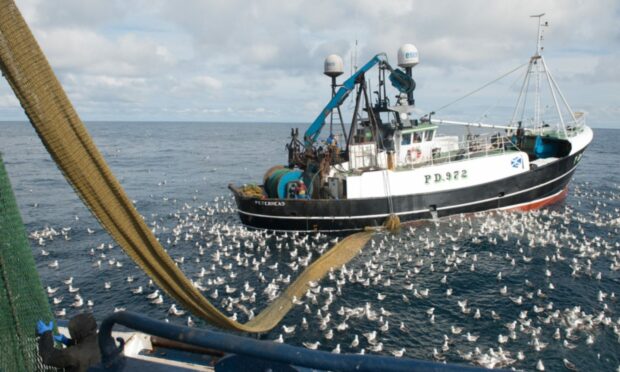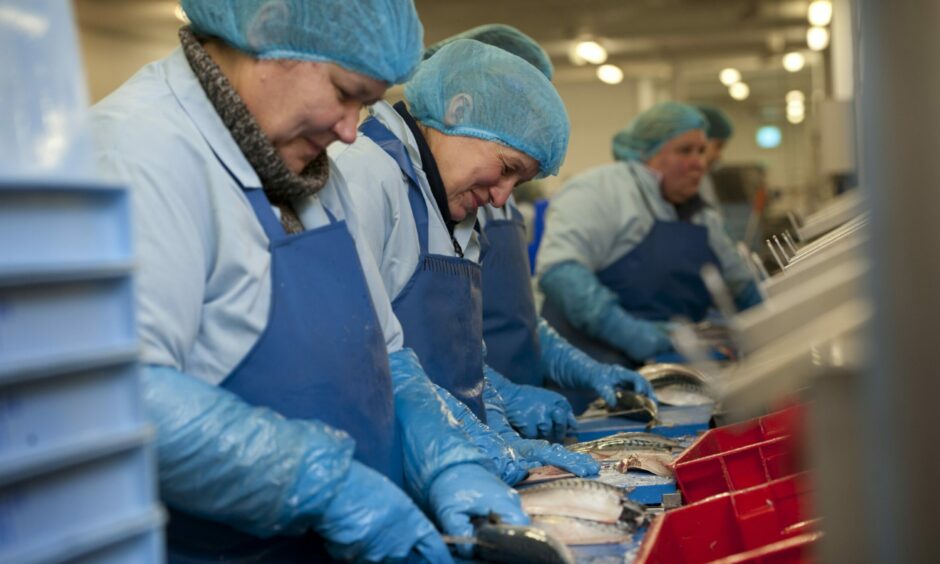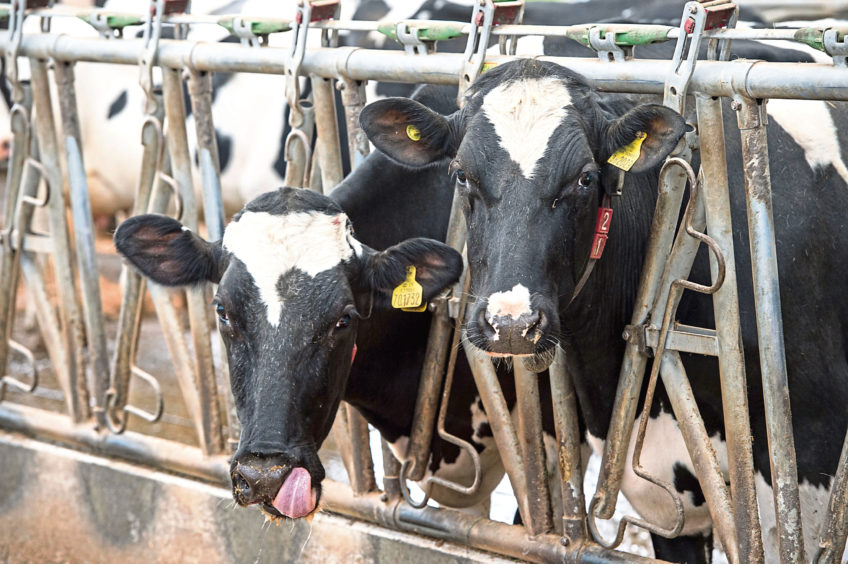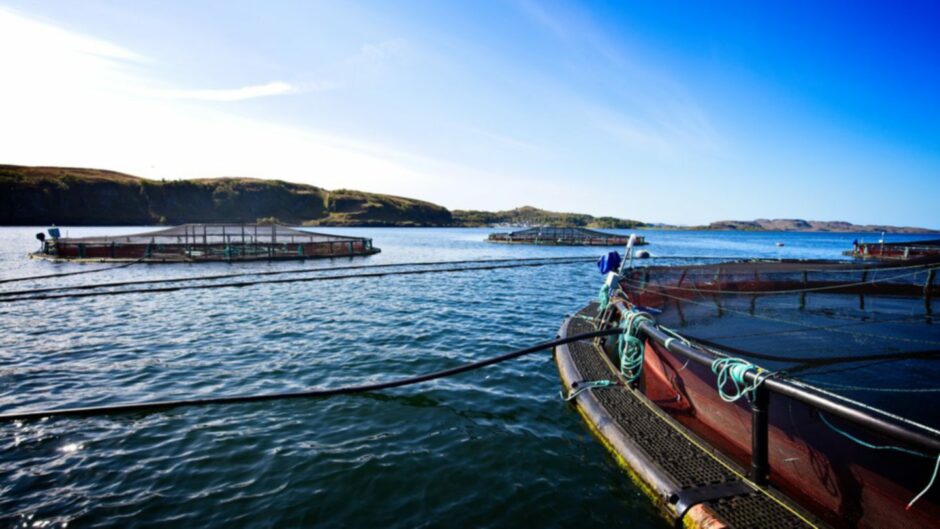Scottish fishers, seafood firms and farmers can highlight their efforts to help the planet through a new international sustainability scheme launched today.
It is hoped the Global Reporting Initiative (GRI) standard for agriculture, aquaculture and fishing will create more transparency across supply chains and prompt
companies to communicate better on key issues like living income, economic inclusion and climate adaptation.
Assurance schemes such as the Marine Stewardship Council (MSC)’s blue ecolabel, showing seafood is responsibly sourced, and the Red Tractor mark of quality for farmers have been around for many years.
The new sector standard, known as GRI 13, allows businesses to seize the initiative and highlight their own performance.
It could be a valuable tool for winning over new customers in markets that are increasingly focused on consumers’ growing appetite for responsibly sourced food.
According to GRI, the new standard sets an international benchmark for reporting on sustainability topics that are expected to be relevant to all agriculture, aquaculture and fishing companies – as well as highlighting how and where they apply.
Global Sustainability Standards Board chairwoman Judy Kuszewski said: “There is a paradox in that the ways we produce the food and materials that a growing population requires also result in numerous economic, environmental and social impacts, which in turn put at risk the future viability of world food systems.
“Addressing this challenge requires concerted, global and multi-stakeholder action.”
Ms Kuszewski added: “It’s clear that ‘business as usual’ by companies will not result in the sustainability transformation we need to see.
“Shining the spotlight on the most significant impacts of organisations involved in crop cultivation, animal production, fishing or aquaculture, GRI 13 brings the clarity and consistency needed to inform responsible decision-making.
“From safeguarding migrant workers to tackling over fishing, cutting emissions to halting deforestation, GRI’s agriculture, aquaculture and fishing standard has an enabling role in charting the pathway to a sustainable future for these sectors.”
‘Informed decisions’
GRI 13 is the latest addition to a growing suite of GRI sector standards which firms can use to benchmark and highlight their performance.
It was developed by a 19-member multi-stakeholder working group.
Members of the group include Rainforest Alliance global policy lead scientist Leah Sandberg, who said: “GRI enables downstream buyers, investors, financiers, civil society organisations and other stakeholders to gather the information they need to make informed decisions related to company performance.”




Conversation